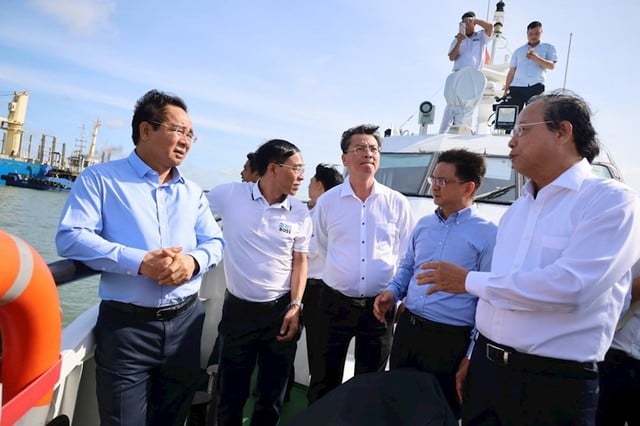
Chairman of Ho Chi Minh City People's Committee Nguyen Van Duoc and the working delegation conducted a field survey at Cai Mep - Thi Vai seaport system in September 2025.
Ho Chi Minh City currently has four key industries including mechanics, electricity - electronics - IT, chemicals - rubber - plastics and food processing, accounting for 65 - 70% of the value of the processing and manufacturing industry.
Meanwhile, Binh Duong region is strong in wood processing, textiles, footwear, precision mechanics and food - pharmaceuticals; while Ba Ria - Vung Tau has strengths in heavy industry, chemicals, metallurgy, oil and gas and energy.
The resonance of localities after the merger allows Ho Chi Minh City to build an industrial development strategy based on existing advantages and target industries with high technology content and large added value.
Building a green industrial - service - urban ecosystem
Dr. Tran Du Lich said that Ho Chi Minh City needs to promote the exploitation of the industrial belt associated with deep-water ports and an international transport system of about 50,000 hectares, thereby helping the city participate more deeply in the global supply chain. At the same time, develop the Can Gio international transit port and a synchronous logistics system associated with free trade zones (FTZ) to form a closed supply chain, thereby enhancing competitiveness and participating more deeply in the global supply chain.
According to statistics, before the merger, Ho Chi Minh City had 26 industrial parks and export processing zones, with a total area of about 5,900 hectares. According to the plan until 2030, there will be 36 industrial parks with an area of more than 8,300 hectares. However, many of these industrial parks were formed more than 30 years ago, are small in scale, have outdated infrastructure and are currently located in high-density residential areas.
Meanwhile, Binh Duong owns a large industrial land fund, has been systematically planned, and is oriented to expand the industrial park area to 25,000 hectares after 2030. However, this locality lacks seaports, airports and the logistics system is limited. On the contrary, Ba Ria - Vung Tau has advantages in seaports and conditions for developing heavy industries, energy, oil and gas but faces difficulties in land fund and infrastructure pressure.
Assessing new development opportunities, Mr. Bui Minh Tri, Head of the Management Board of Ho Chi Minh City Export Processing and Industrial Zones (Hepza), said that the new Ho Chi Minh City, after merging Binh Duong and Ba Ria - Vung Tau (old), is facing a strategic turning point, forming an integrated industrial - logistics - seaport area, with the leading scale and competitiveness in the region.
Currently, Ho Chi Minh City has only 66 operating export processing zones and industrial parks, accounting for the largest proportion in the country. Ho Chi Minh City has become a center of services, finance, technology and high-quality human resources; the "heart" of production with a modern industrial park system and complete infrastructure; and also the deep-sea gateway of the Southern region with outstanding advantages in logistics, energy and heavy industry.
"When these three pillars are seamlessly connected by highways, seaports and logistics centers, a complete production ecosystem will be formed - from research, manufacturing, production, storage to export," Mr. Tri emphasized.
The head of Hepza said that in the near future, Ho Chi Minh City will promote the transformation of the model from "pure production area" to "industrial - service - green urban ecosystem", focusing on attracting high-tech industries, new materials, auto parts, electronics and supporting industries. In particular, it is necessary to develop green infrastructure, renewable energy and smart governance, towards the goal of green - sustainable - self-reliant industry.
According to experts, Ho Chi Minh City needs to promote outstanding mechanisms and policies in Resolution 98/2023 to attract investment for industrial development. The city should clearly identify priorities in attracting investment, focusing on technology-intensive industries and green production, creating strong spillover effects to the industrial ecosystem and smart cities.
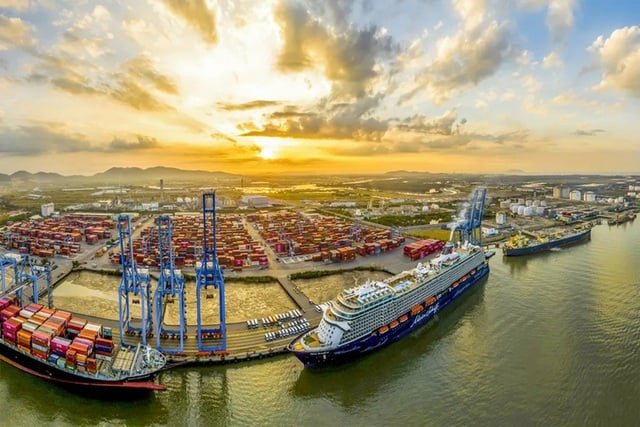
Ho Chi Minh City needs to promote effective exploitation of industrial belts associated with seaports.
Promoting infrastructure construction to "connect" regional advantages
Architect Ngo Anh Vu, Director of the Ho Chi Minh City Institute of Construction Planning, assessed that Ho Chi Minh City has a huge development potential if it can take advantage of the synergy of the new merger model. When the three regions are connected by modern transport infrastructure and logistics supply chains, a new economic dynamic region will be formed, capable of competing with megacities in the region, especially effectively exploiting the International Financial Center, the Cai Mep - Thi Vai - Can Gio port system, and the industrial - service - logistics corridors.
Currently, the new generation Industrial Belt is gradually taking shape. National Highway 13, My Phuoc - Tan Van, Ho Chi Minh City - Long Thanh - Dau Giay Expressway and projects such as Ring Road 3, Ring Road 4, Bien Hoa - Vung Tau Expressway, Ho Chi Minh City - Moc Bai,... when completed will create important transport corridors connecting industrial parks with seaports and border gates.
To accelerate the above-mentioned infrastructure-transportation connection, according to Mr. Dang Tan Duc, Director of Becamex Research and Development Institute, while the budget capital is still limited, the City needs to strongly mobilize social resources, especially the private sector and foreign investment (FDI). To do that, the prerequisite is superior institutions, creating a transparent, attractive and stable environment for investors. According to Mr. Duc, upgrading and supplementing Resolution 98/2023/QH15 on specific mechanisms and policies for Ho Chi Minh City is very necessary, to help the city proactively mobilize capital, strongly decentralize and make breakthroughs in infrastructure development.
Ho Chi Minh City will complete a series of beltway and expressway projects in the next term.
In the 2025 - 2030 term, Ho Chi Minh City prioritizes investment as well as completion of many beltways, highways, and railways, aiming to become a connected super city.
According to the draft document of the 1st Ho Chi Minh City Party Congress, term 2025-2030, Ho Chi Minh City will mobilize and effectively promote all social resources, especially resources from the people, according to the principle of prioritizing the effective allocation of public investment capital to play a leading role in investment; at the same time, strongly attract private capital, foreign investment capital and international organizations in the form of public-private partnership (PPP).
The goal is to quickly complete the infrastructure system of functional zones and development driving axes, including: East-West Corridor: serving seaports, airports and international trade, connecting from Thu Thiem to Long Thanh and Vung Tau. North-South Corridor: focusing on creative production and logistics, connecting Thu Duc with Di An, Ben Cat, and Bau Bang.
Saigon River Corridor: Developing tourism, ecology and riverside urban areas, from Dau Tieng Lake to Dong Nai River. Coastal Corridor: Forming a chain of logistics - tourism - seaport development from Can Gio coastal urban area to Ho Tram - Binh Chau.
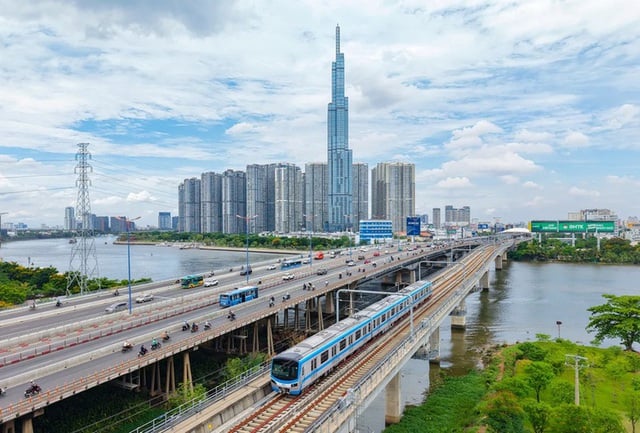
Ho Chi Minh City focuses on investing in traffic infrastructure and digital infrastructure to ensure synchronization and modernity.
Ho Chi Minh City will prioritize the development of an integrated and intelligent transport network, connecting regions and inter-regions, including an urban railway system, dedicated inter-regional railways and expressways connecting urban centers, industries, seaports, airports and financial centers.
The city aims to accelerate investment, upgrade, expand and put into operation key traffic routes such as Ring Road 2, Ring Road 3 and Ring Road 4. These three ring roads are more than 360 km long. When completed, they will close the network around the city, reduce inner-city congestion and strengthen regional connectivity.
Ho Chi Minh City also accelerated investment to complete the Ben Luc - Long Thanh expressway, about 57 km long, with a total investment of more than VND29,500 billion; Ho Chi Minh City - Moc Bai (Tay Ninh) expressway, nearly 51 km long, with a total investment of more than VND19,600 billion; Ho Chi Minh City - Thu Dau Mot - Chon Thanh expressway, about 57 km long, with a total investment of nearly VND20,000 billion; Long Thanh - Ho Tram expressway, about 42 km long, with a total investment of more than VND20,000 billion.
At the same time, a railway axis for transporting goods connecting Cai Mep - Thi Vai port with Binh Duong industrial zone will be formed. The Bau Bang - Cai Mep railway has a total length of 127km, a total investment of nearly 153,000 billion VND, a speed of 160km/h for passenger trains and 120km/h for cargo trains. This route is expected to directly connect the old Binh Duong and Dong Nai industrial zones with the Cai Mep - Thi Vai deep-water port cluster, creating advantages in maritime transport. The city will also invest in coastal roads and waterways to meet the needs of transporting goods, passengers and tourism.
Le Anh
Source: https://baochinhphu.vn/he-sinh-thai-cong-nghiep-gan-voi-cang-bien-giup-tphcm-vuon-tam-khu-vuc-101251012172856076.htm



![[Photo] General Secretary To Lam attends the opening of the 1st Government Party Congress](https://vphoto.vietnam.vn/thumb/1200x675/vietnam/resource/IMAGE/2025/10/13/1760321055249_ndo_br_cover-9284-jpg.webp)






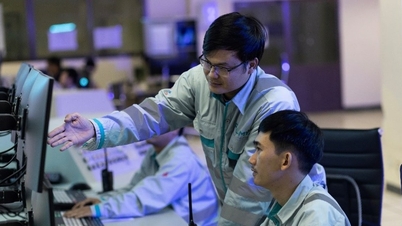
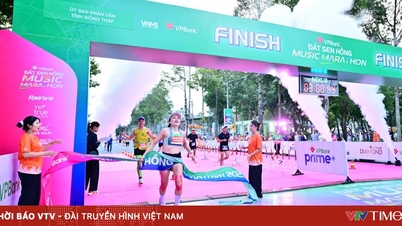

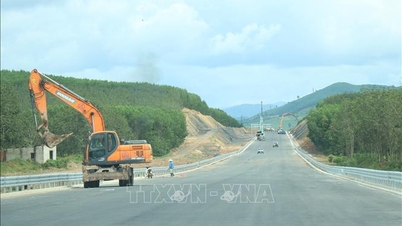

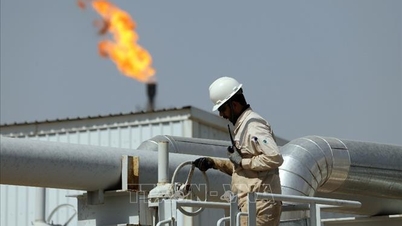
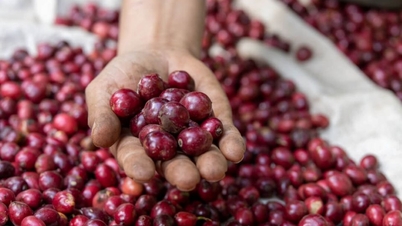






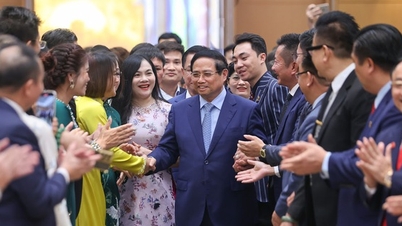
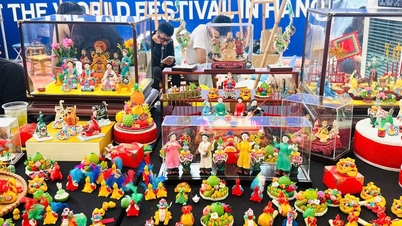

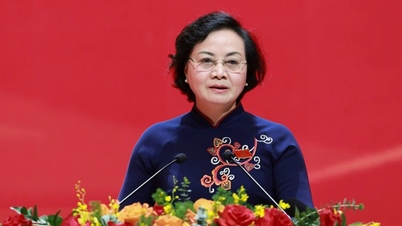
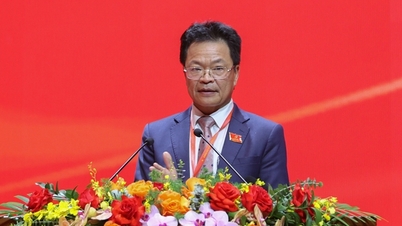


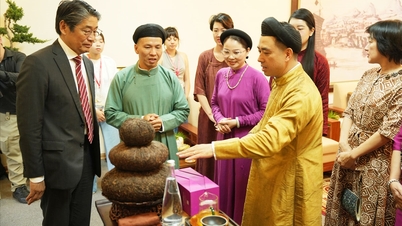












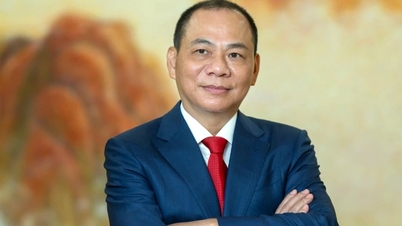






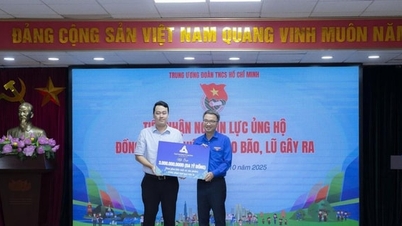

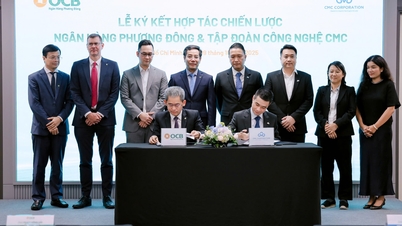

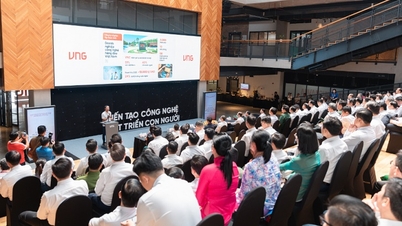

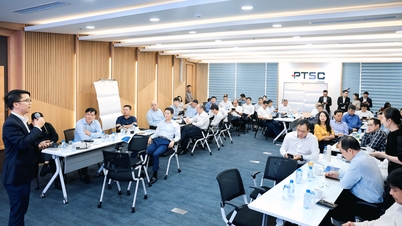






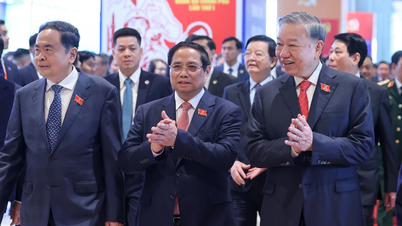
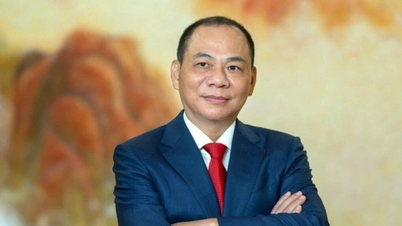
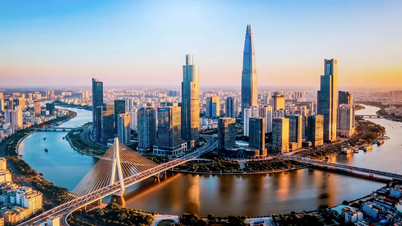



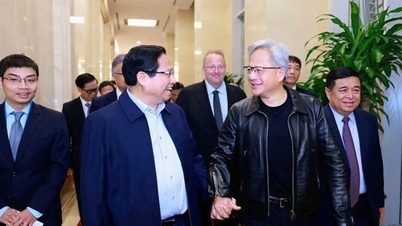
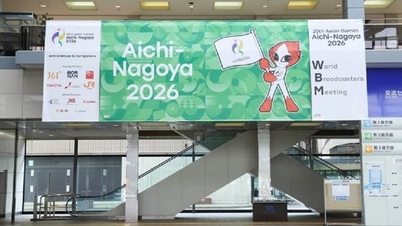

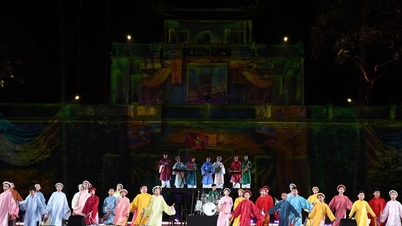


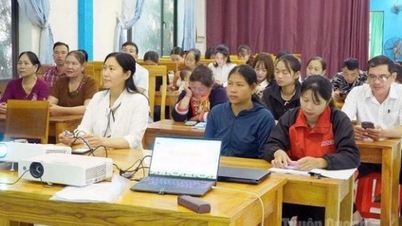

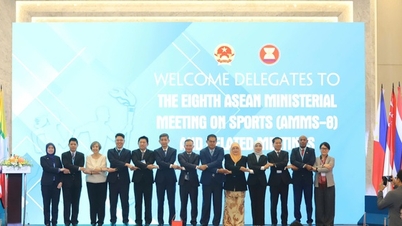






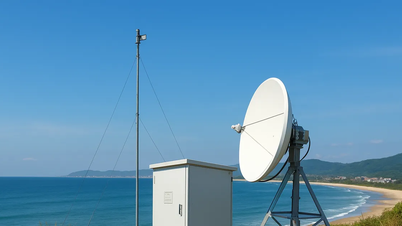



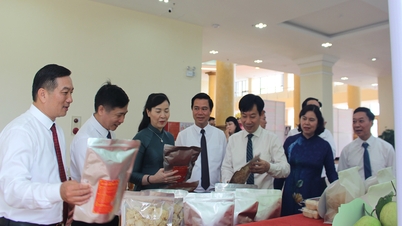












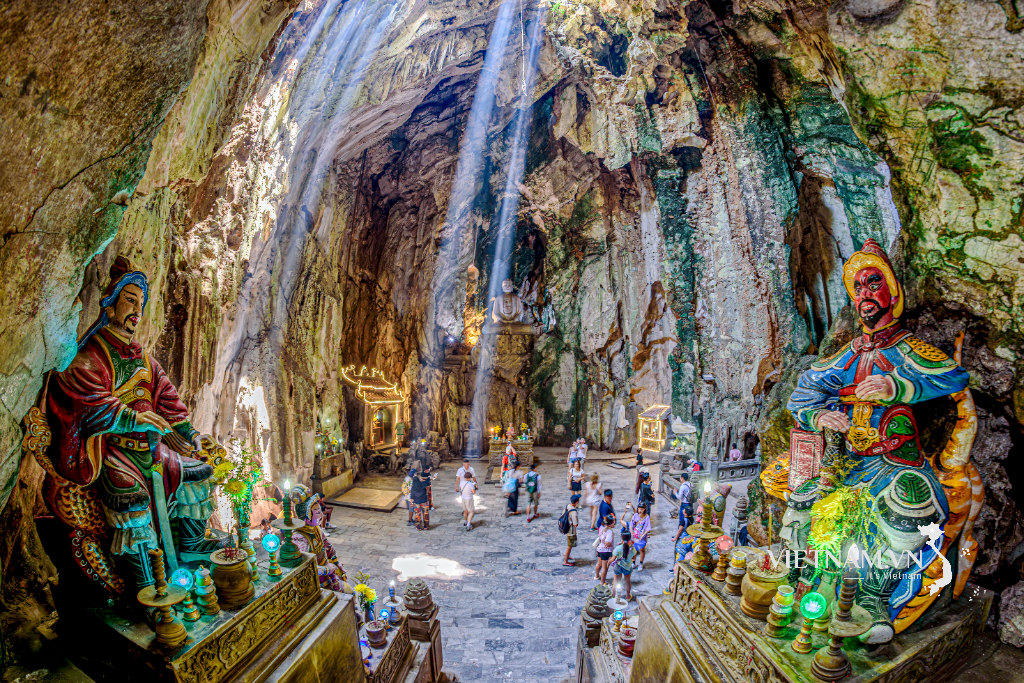
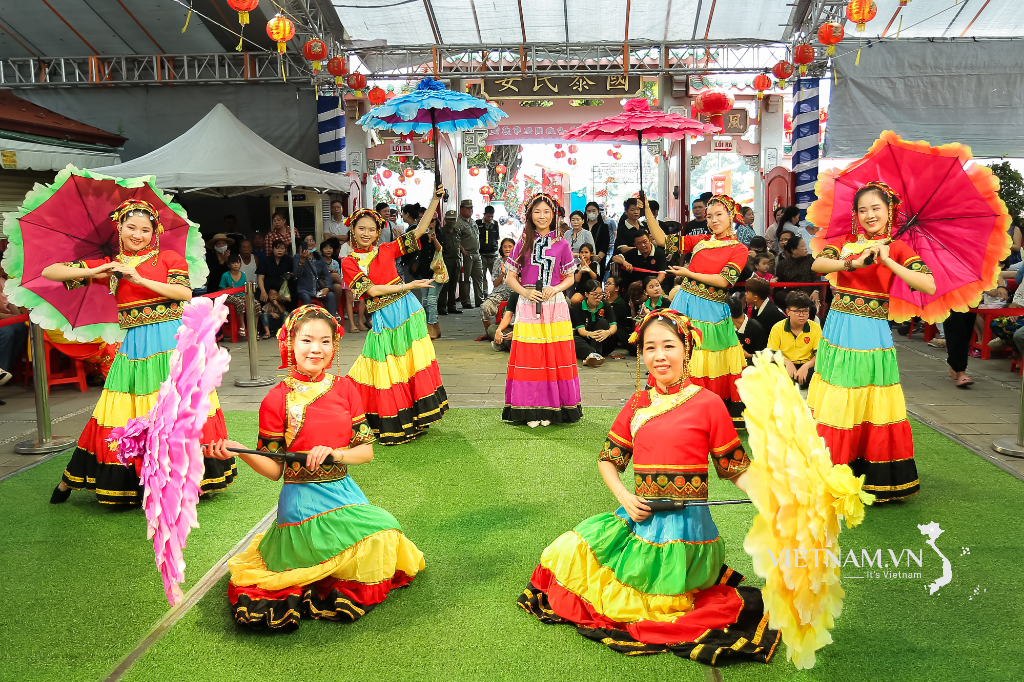
Comment (0)